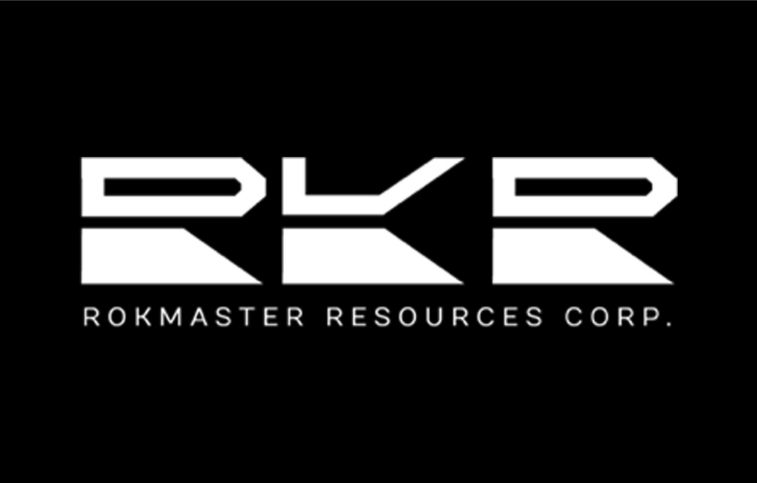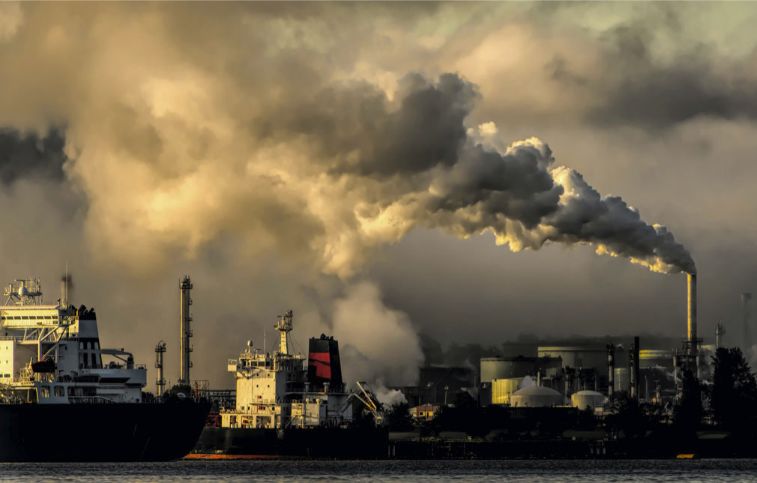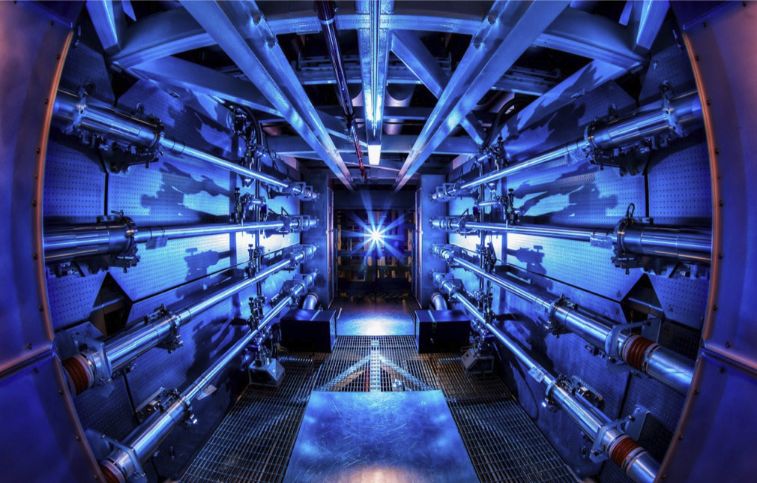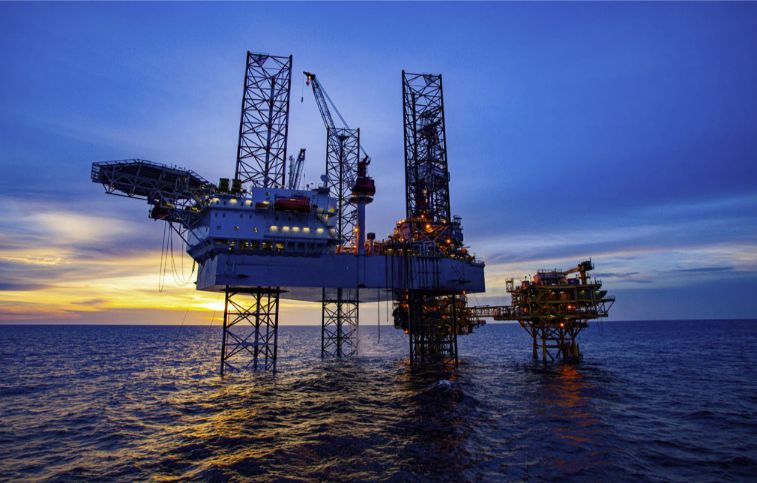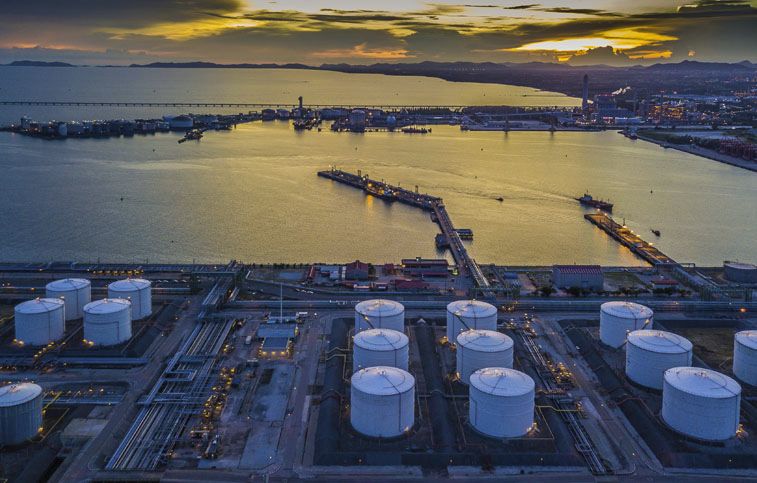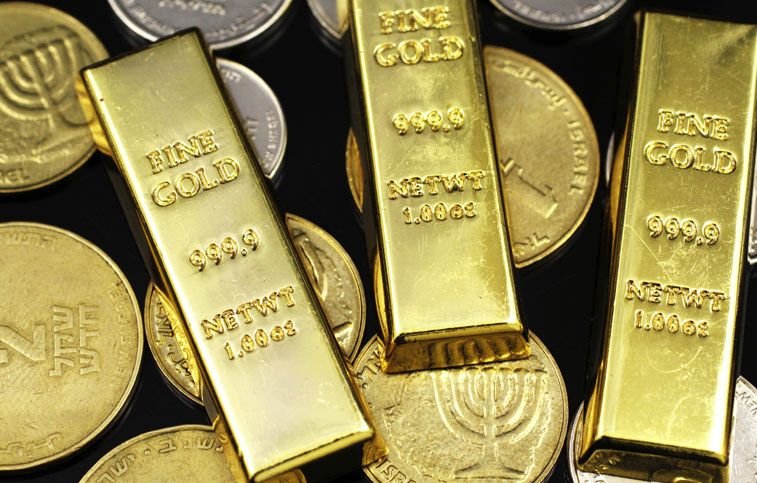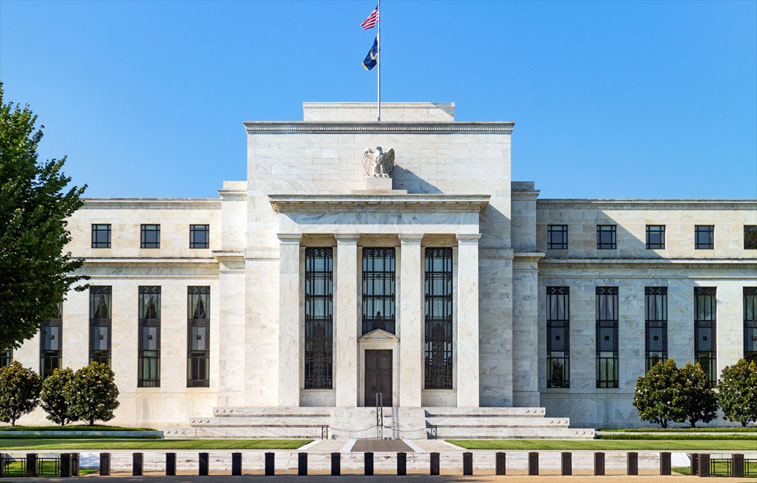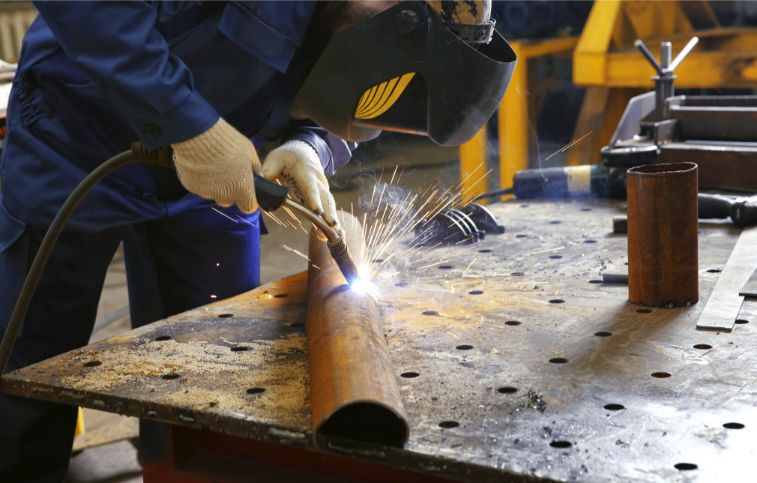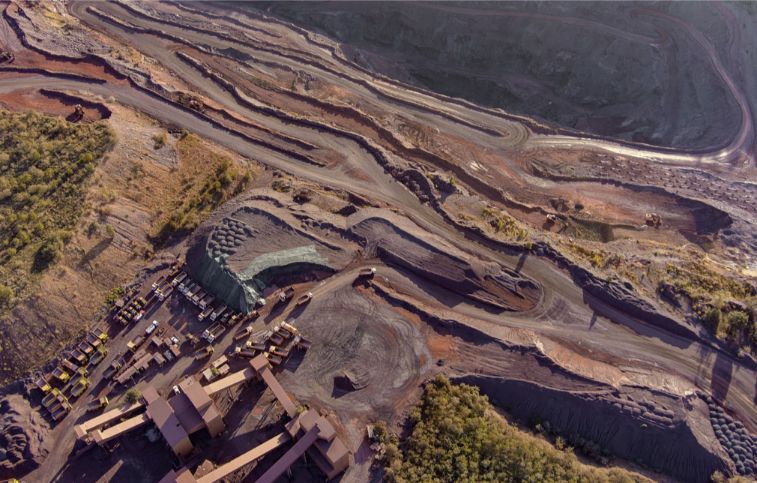Rokmaster Resources Corp. (TSX.V: RKR) has presented the final analysis of the core samples from their Summer 2022 drilling program at the Revel Ridge Project. John Mirko, President and CEO, remarked that the drill programs conducted in 2022 extended the RRMZ without reaching its limit. He also highlighted that this one-of-a-kind orogenic gold-polymetallic system extends for 5.7 kilometers and is still open along its strike and at depth. Furthermore, he mentioned that the current Mineral Resource Estimate was based on the series of drill holes along the strike length of 1.8 kilometers, which is just 32% of the whole strike length of the RRMZ.
Objective of the drilling
The main goal of the summer 2022 drill program was to broaden the ore bodies outside of the limits set in the 2021 Mineral Resource Estimate. Most of the 4,803 meters drilled were used to expand the Revel Ridge Main and Yellowjacket zones to the northwest at a lower depth. Through shallow drilling, it was found that the RRMZ mineralized structural zone was extended by 900 meters to the southeast and 3,075 meters to the northwest, leading to an increased possibility for the project, which has a perfect spot for development.
Drill results
Three drill holes, RR22-103 to RR22-105, were located 150 m to the northwest of RR22-99 to RR22-102a, the latter of which encountered a limestone-quartzite contact with strong RRMZ massive sulfide mineralization (8.84 g/t AuEq³ over 4.20 m in RR22-102a and 6.73 g/t AuEq over 2.00 m in RR22-101). The RRMZ was also hit in RR22-104 and RR22-105, which were set up at a point where the mineralization moderately inclined to the northwest.
Three new drill holes (RR22-107 to RR22-109) were drilled to examine the RRMZ below RR22-102a and extend the 2021 MRE to the northwest at lower depths (Figure 2 – Long Section). All three boreholes intersected the expected RRMZ structural and alteration features, having massive sulfide ore deposits RR22-107 and RR22-109, respectively.
In 2021, to test the hypothesis that the RRMZ would continue to the northwest, two holes (RR21-67 and RR21-68) were drilled 3,075 m away from the drill holes RR22-103 to RR22-105. Findings from RR21-67 returned anomalous assays, including 0.70 g/t Au over 1.90 m, surrounding contact between a limestone and a phyllite. This contact was predicted to be where the RRMZ would be found when extrapolating the structural plane from the 2021 northwestern drill holes. All the aforementioned holes were found to intersect the RRMZ ductile deformation structure and the related alteration.
RR22-106, a shallow drill hole 250 m northwest of RR21-67, was completed as part of a program targeting a linear soil geochemical anomaly. The footwall graphitic phyllite was found to host an anomalous assay of 0.26 g/t Au over 3.00 m. However, due to topography, the RRMZ elevation is 770 m higher than the 830-level underground workings, potentially weakening the sulfide mineralization. Drillhole RR22-106 marks a major extension of the RRMZ, with a distance of 5,720 m from Zinc Creek drill holes to the southeast. Combined with 2021 drilling, this presents a huge area to explore, where further drilling could reveal more substantial sulfide mineralization. This is a major milestone in exploring this area and could lead to exciting discoveries.
